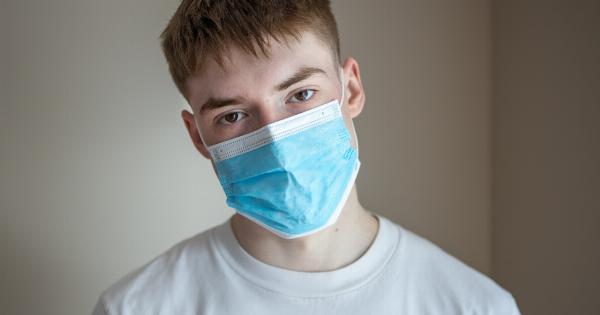Cancer is a complex disease that can develop due to a variety of factors. While there is no one cause of cancer, several risk factors have been identified as potential contributors to the development of the disease.
In this article, we will explore the undeniable links between these five risks and cancer.
1. Tobacco Use
Tobacco use, including smoking and chewing tobacco, is a well-established risk factor for various types of cancer. Cigarettes contain numerous carcinogens, which are substances that promote the development of cancer cells.
Smoking has been linked to lung, throat, mouth, esophagus, and bladder cancer, among others. The chemicals in tobacco can damage DNA and increase the risk of genetic mutations that lead to cancerous growths. Quitting smoking or never starting this harmful habit can significantly reduce the chances of developing cancer.
2. Exposure to Ultraviolet (UV) Radiation
Excessive exposure to UV radiation from the sun or artificial sources, such as tanning beds, can contribute to the development of skin cancer.
UV radiation damages the DNA in skin cells, increasing the risk of mutations that can lead to skin cell abnormalities. These abnormalities can develop into various types of skin cancer, including basal cell carcinoma, squamous cell carcinoma, and melanoma.
Protecting the skin from excessive sun exposure, using sunscreens, and avoiding tanning beds can help reduce the risk of skin cancer.
3. Unhealthy Diet and Lack of Physical Activity
An unhealthy diet and a sedentary lifestyle have been linked to an increased risk of cancer.
Consuming a diet high in processed foods, red and processed meats, sugary beverages, and saturated fats can contribute to obesity and chronic inflammation, both of which are risk factors for various types of cancer. Conversely, a diet rich in fruits, vegetables, whole grains, and lean proteins can help reduce the risk of cancer. Regular physical activity also plays a role in cancer prevention by helping to maintain a healthy weight and boosting the immune system.
4. Environmental and Occupational Exposures
Exposure to certain chemicals and substances in the environment or workplace can increase the risk of developing cancer.
Asbestos, benzene, radon, arsenic, and formaldehyde are examples of carcinogens found in various occupational settings or environmental sources. Prolonged exposure to these substances can cause DNA damage and increase the likelihood of cancer. It is important for individuals working in high-risk occupations to take necessary precautions and follow safety guidelines to minimize exposure.
5. Family History and Inherited Gene Mutations
Some individuals may have an increased risk of developing cancer due to inherited gene mutations. Certain genetic mutations, such as BRCA1 and BRCA2, significantly increase the risk of breast, ovarian, and prostate cancer.
Having a family history of cancer can also indicate a possible genetic predisposition. Genetic counseling and testing can help identify individuals at higher risk and guide appropriate preventive measures or screening protocols.
Conclusion
While cancer can develop due to a combination of factors, including genetic and environmental causes, there are undeniable links between certain risks and the development of the disease.
Avoiding tobacco use, protecting the skin from UV radiation, maintaining a healthy diet and active lifestyle, minimizing exposure to carcinogens in the environment or workplace, and understanding one’s family history can help reduce the risk of cancer. By addressing these risks, individuals can take proactive steps towards cancer prevention and overall well-being.



























